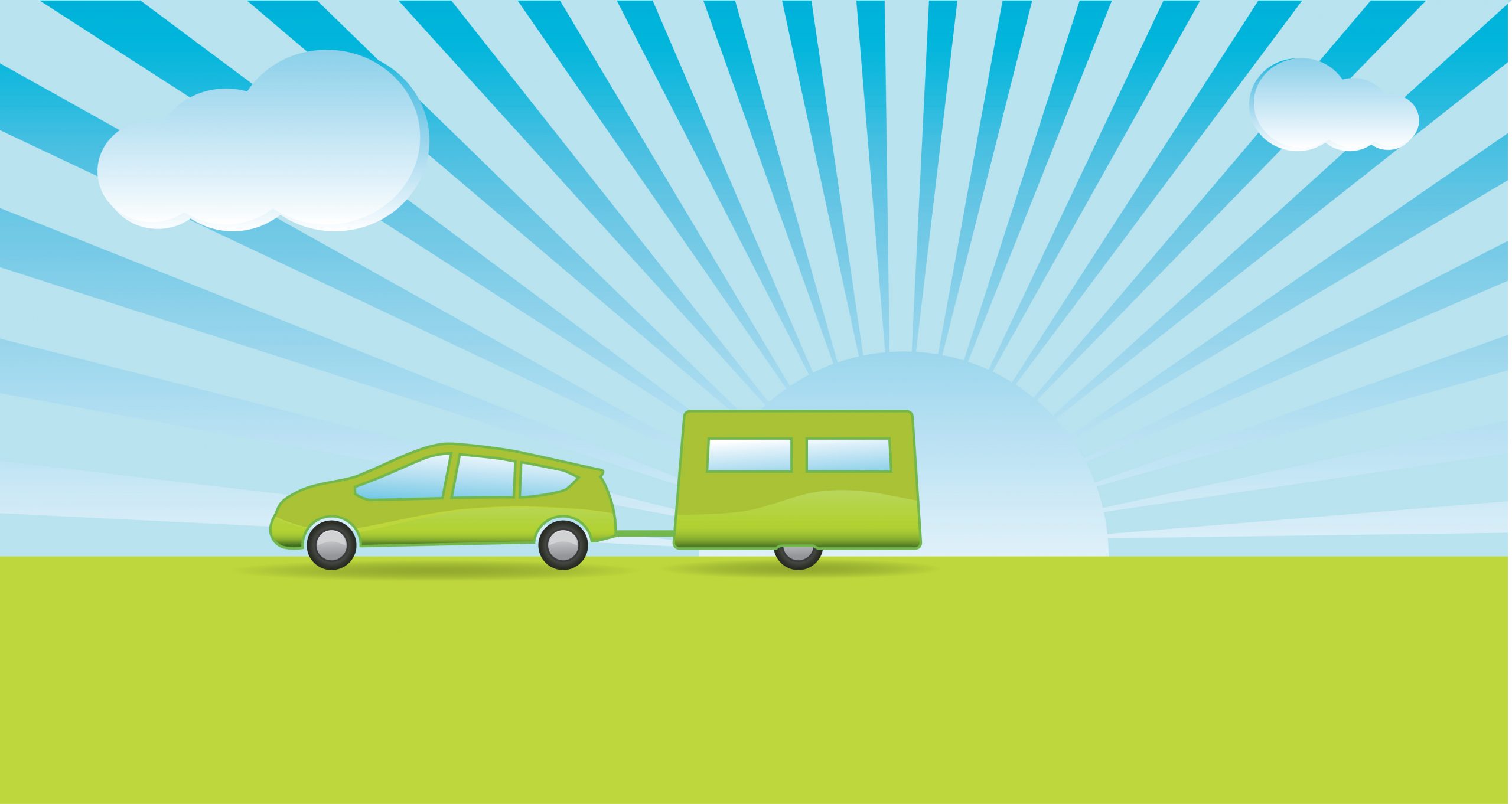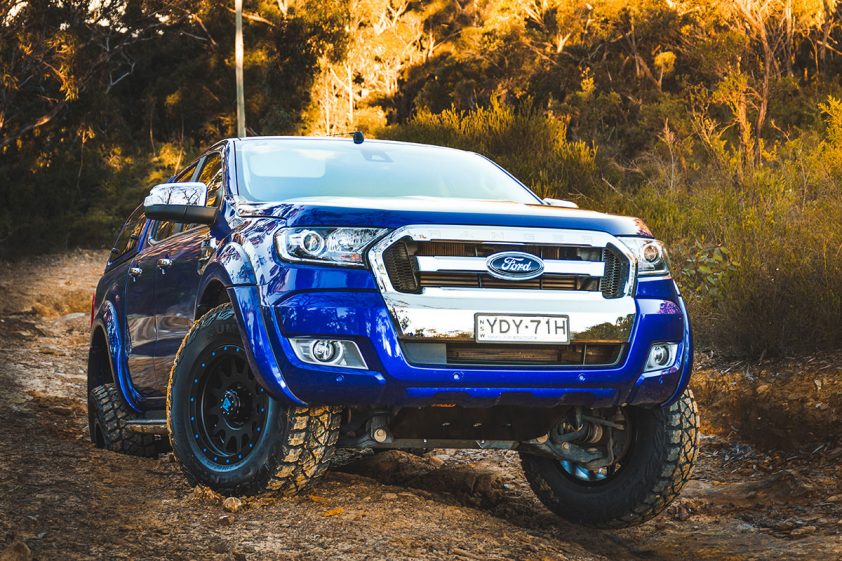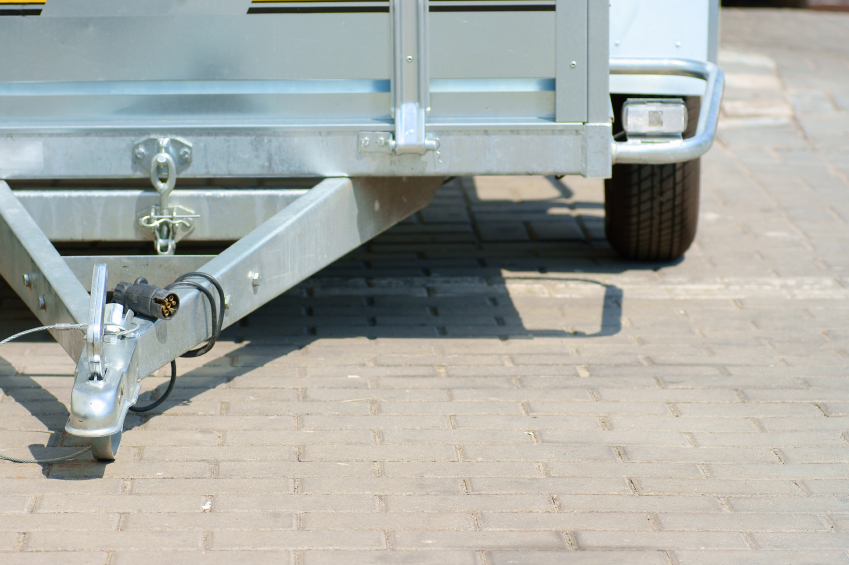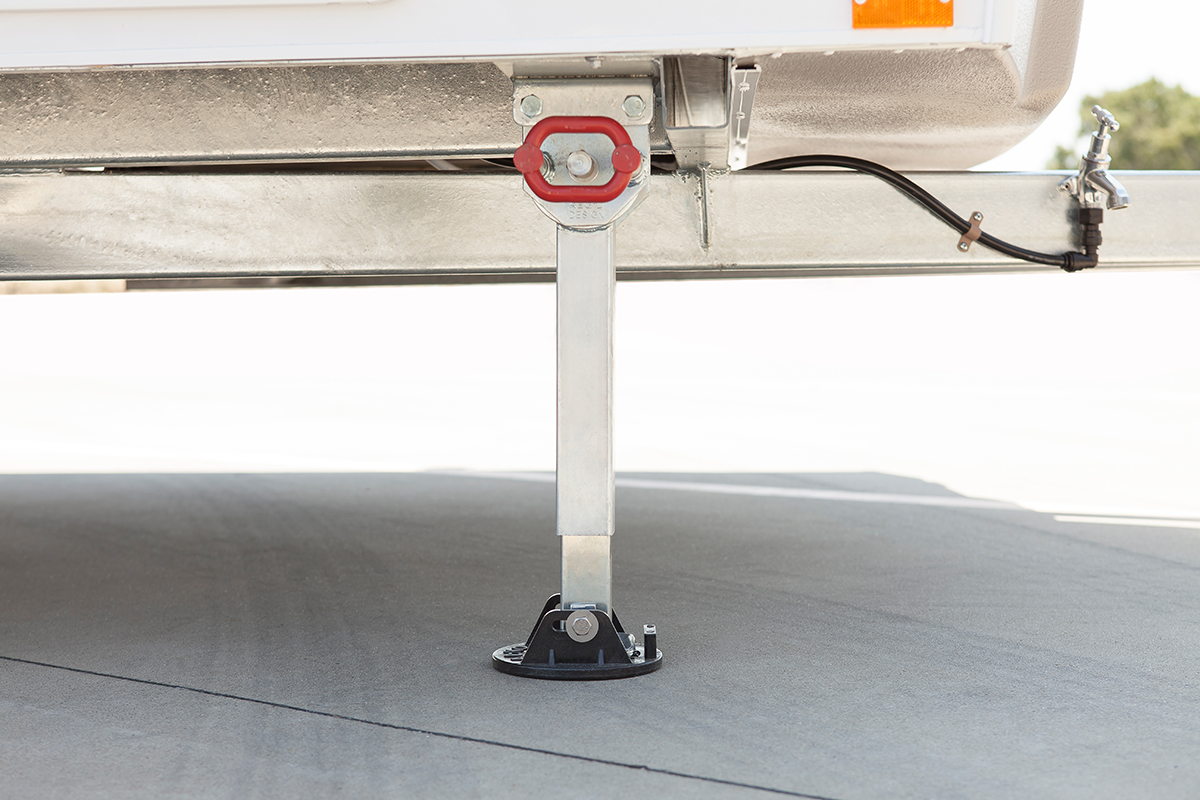The question of whether your caravan should be made from aluminium or fibreglass dates back to the 1960s when fibreglass was first put to serious use by manufacturers such as Roadmaster and Spacemaster. Materials and manufacturing methods have taken great strides since then, but it’s still useful to know how they differ in terms of strength, durability and other factors. Here’s an overview.
Benefits of fibreglass
Moulding
The ability to mould large sections is still perhaps the biggest advantage fibreglass has over aluminium. Fibreglass can be formed into a nose cone, rear or a complete van in aerodynamic shapes that are only limited by the designer’s imagination.
Strength
Fibreglass’s ability to wrap around corners can greatly strengthen the van and mounting points for lights, shaped tank inlets and window reveals can all be built into the mould. This eliminates the need for many of the fittings and heavy corner bracing found in aluminium models.
Impact resistance
A fibreglass caravan also has greater impact resistance. A small bump that will dent an aluminium van can leave fibreglass unscathed. Hail, for example, may pockmark an aluminium roof but is likely to leave fibreglass undamaged. If minor damage occurs, the fibreglass can be repaired by boat builders or even a surfboard craftsperson.
Maintaining the coat
Some early fibreglass models suffered from ‘crazing’ of the gel coat, which can be expensive to repair but does not affect the strength or structural integrity of the van. Later models offer more resistance to UV light and reduced fading and discolouration. If you are restoring an older model, the finish may be improved with a good polish, but always use a polish recommended by the manufacturer rather than regular car polish.
Benefits of aluminium
Weight
Even when the extra fittings and bracings are taken into account, an aluminium caravan can be lighter than a fibreglass equivalent. This can be critical if you have limited towing capacity or want to save fuel.
Repairs
Another key advantage of aluminium is ease of repairs. Fibreglass is more resistant to small bumps, but severe damage to a large panel may see an older fibreglass van written off due to the high cost of repairs or replacement. An aluminium van, on the other hand, may only require a replacement sheet.
In addition, panels for older fibreglass vans may no longer be available, whereas aluminium sheets are sold in all but the oldest textures.
Hybrid models
Both materials have their benefits and drawbacks, and a smart manufacturer who recognises this may build a van with an aerodynamic fibreglass nose cone, aluminium roof and walls, and a fibreglass rear section. Moulded fibreglass corners can provide added strength and prevent the van from shaking apart on rough roads.
And the winner is…
Fibreglass does offer exciting design possibilities, but the lighter weight and lower construction costs associated with aluminium make it likely that it will continue to be popular for many years to come.
For most travellers, a caravan is much than just the sum of its parts. Find out how to choose the right caravan.





